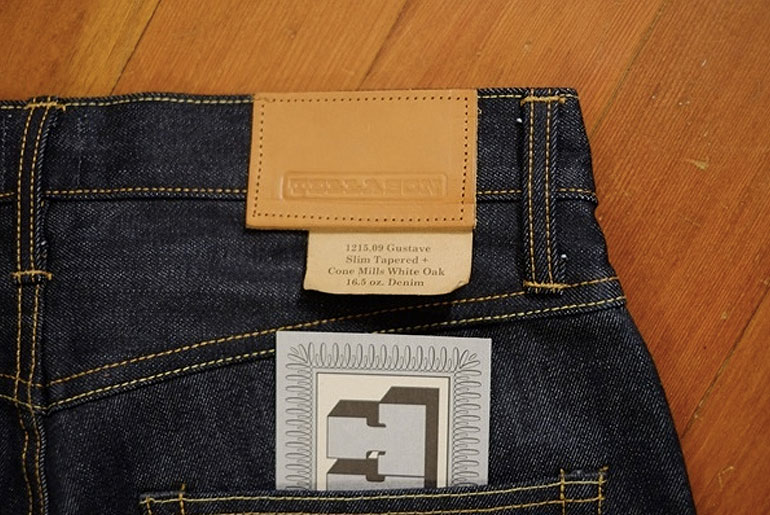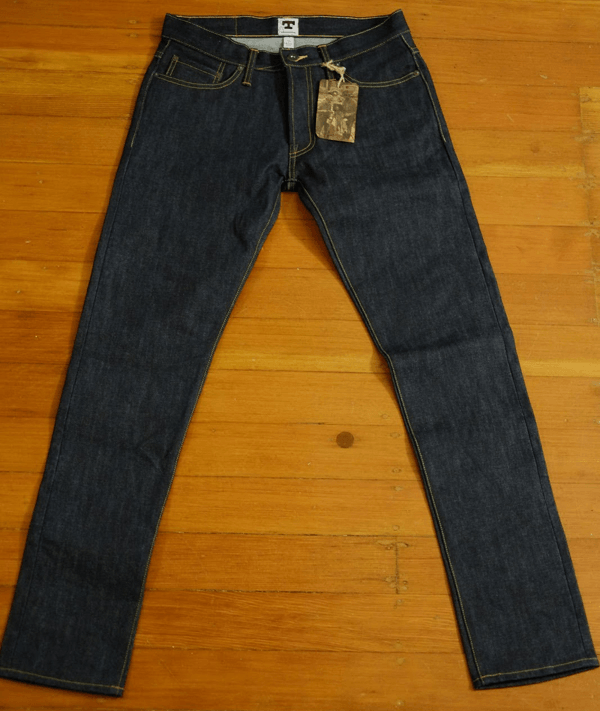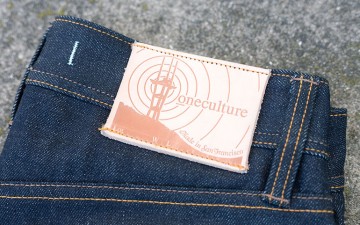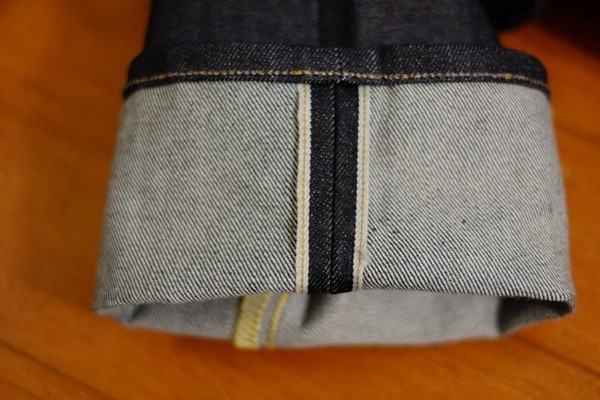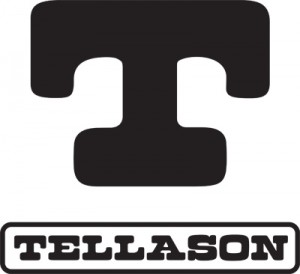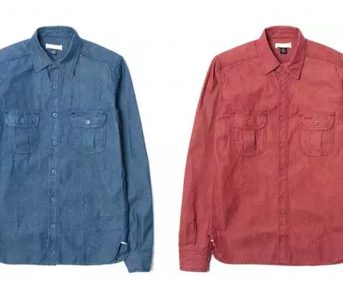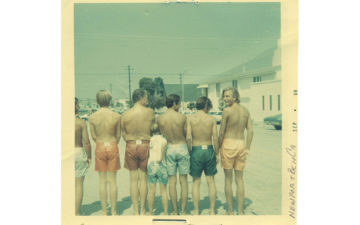In full disclosure, I have a lot of respect for Tellason and its products. When I had the chance to meet with Tony Patella, co-founder of the company, during my last trip to San Francisco, I wanted to get a better idea of what motivated him when it came to the world of raw denim.
What I learnt about was an interesting philosophy that propelled the company from its founding in 2008 to its position as one of raw denim’s respected brands only a few years later.
The Philosophy
In general, Patella’s philosophy is that jeans should tell a story, both in their construction and in their wear. As he bent down to give his dog a sip of water from his espresso cup, Tony says, “If you care about your product, you have to be close to where it’s produced.” As a result, the company sources its components from domestic producers, and it produces its wares a few short miles from its company offices.
The story of Tellason comes across in the quality of construction and uniqueness of ingredients. Tony selectively partners with suppliers and retailers who share the Tellason philosophy on quality.
The History and Details
Tellason was founded by Tony Patella and Pete Searson in 2008, and the company released its first products in 2009. Some of the early jeans were made of Japanese Kurabo selvage denim, but Patella and Searson eventually decided to source exclusively from Cone Denim’s White Oak Plant in Greensboro, N.C., due to its superior sanforization quality.
While Tellason has always used sanforized denim, Tony found that the denim from Kurabo Mills still shrank approximately 1/2 inch more than Cone’s sanforized denim.
Today, Tellason’s selvedge denims are exclusive to the company and are produced by Cone Denim Mills. The company started in 2009 with a 12.5 oz, blue-line selvedge, which was high on sulfur and faded to a green/grey. By 2011, the company developed its second fabric, a 14.75 oz red-line selvedge.
The new fabric was made with a 40% indigo dye, giving it a rich blue color and higher-contrast fading. The most recent addition, in 2012, was a 16.5 oz orange-line selvedge that features a 22.4% indigo dye with lower sulfur, resulting in another high-contrast fading fabric.
From the beginning, the company sourced its rivets, leather patches, threads and pocket canvas from American factories. They also made the decision to manufacture the jeans at a decades-old clothing factory in San Francisco. Also unchanged since the beginning are some of the construction details:
- The Hidden Tab: This is one of the less-known signature details. On a pair of Levi’s, the red tab is on the edge of the back right pocket, but it’s a trademark and can’t be copied legally by any other denim manufacturer. Tellason puts a red tab on the inside of the back pocket, and the text reads “legal.” The tab pay homage to the Levi’s tradition, but still follows the letter of the law.
- The Back Pockets: The back pockets are half-lined with white canvas. The stitching on the back pockets are in blue thread and form a T.
- Blue Chain-Stitch: The hem is chain-stitched to look yellow from the outside, but blue from the inside. It is more subtle than the typical all-yellow chainstitch used on most jeans.
- Reverse Yoke Construction: The yoke on a pair of jeans is the triangular cuts of fabric between the waist and the rear pockets. In most cases, denim companies stitch the yoke underneath the main piece of fabric that runs down the back of the leg. Tellason takes a different approach by stitching the yoke on top of the other piece of fabric, which means that friction from jackets and backpacks will not cause the jean to fall apart as easily as would happen with traditional construction techniques.
